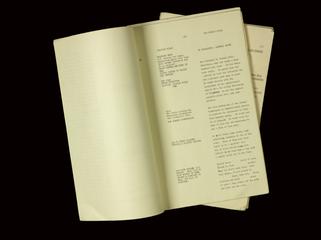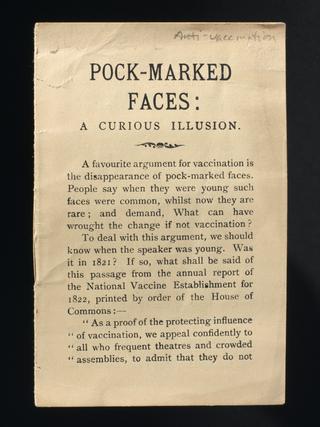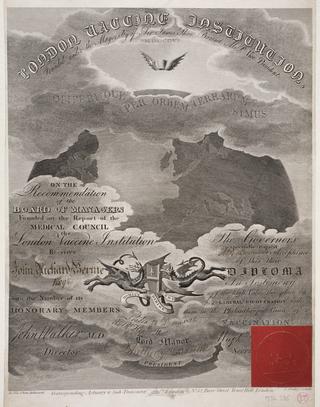




Notebook with a red ring binding, containing manuscript notes about the detection for life (lecture / presentation notes), by James Lovelock whilst he was working for NASA’s Jet Propulsion Laboratory, Pasadena, California, USA, labelled March ‘66 [1966]. Dimensions include spiral binding, opens vertically 410 mm (h).
In the 1960s NASA was looking for life on Mars. Scientist and inventor James Lovelock, who was working for them at the time, suggested that life could be detected by examining a planet’s atmosphere. In this lecture he argued that a planet supporting life will have an atmosphere rich in reactive gases such as methane and oxygen. If there were no life these gases would be quickly removed from the atmosphere. This idea was an important step in Lovelock developing his Gaia hypothesis.
Details
- Category:
- Archive
- Object Number:
- 2012-118/46
- Materials:
- paper
- Measurements:
-
overall: 213 cm x 146 mm
- type:
- notebook, spiral binding and manuscript - document genre
- credit:
- James Ephraim Lovelock




